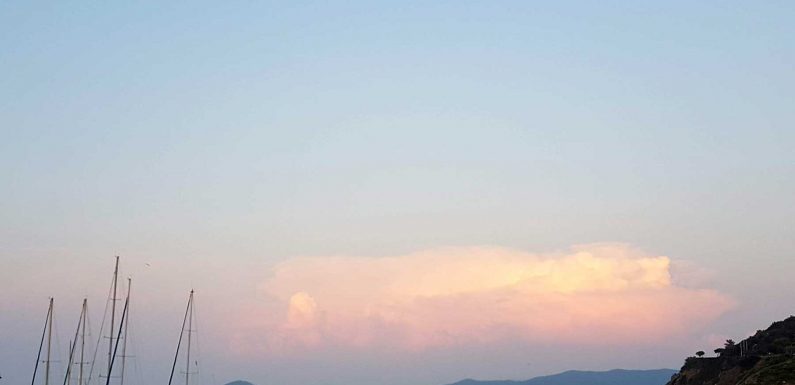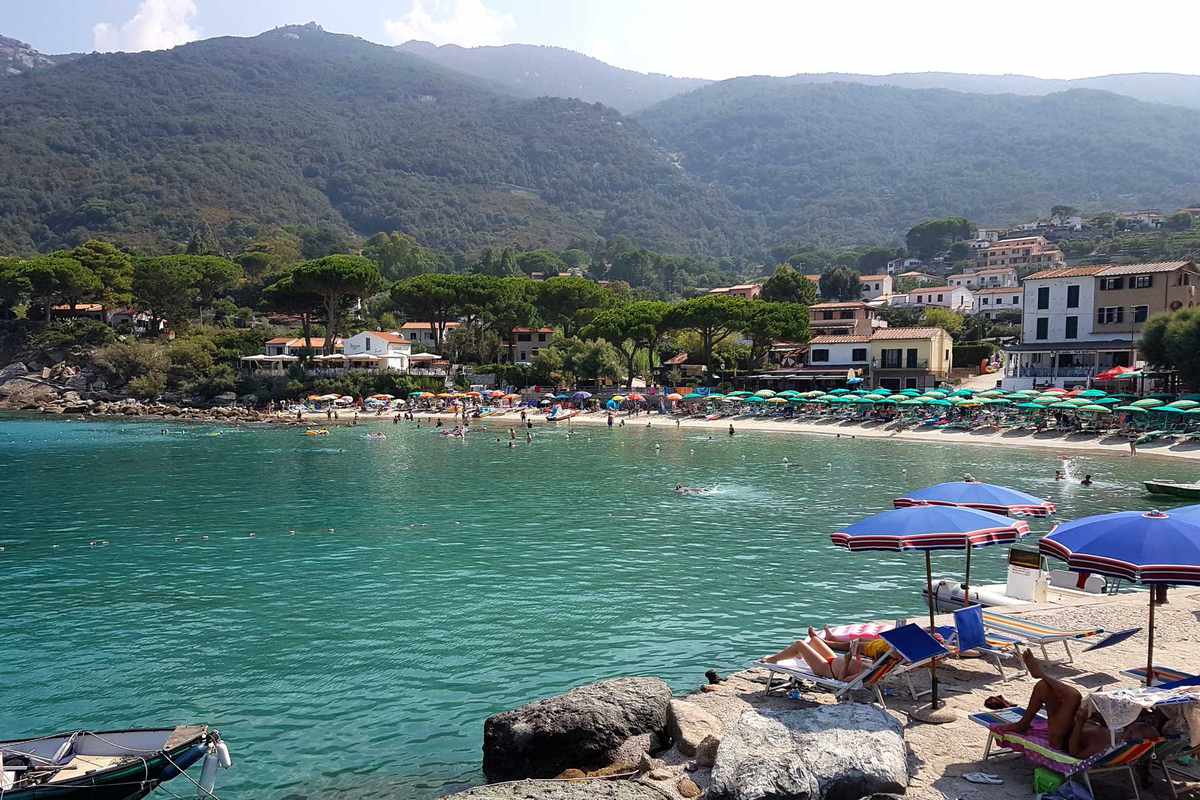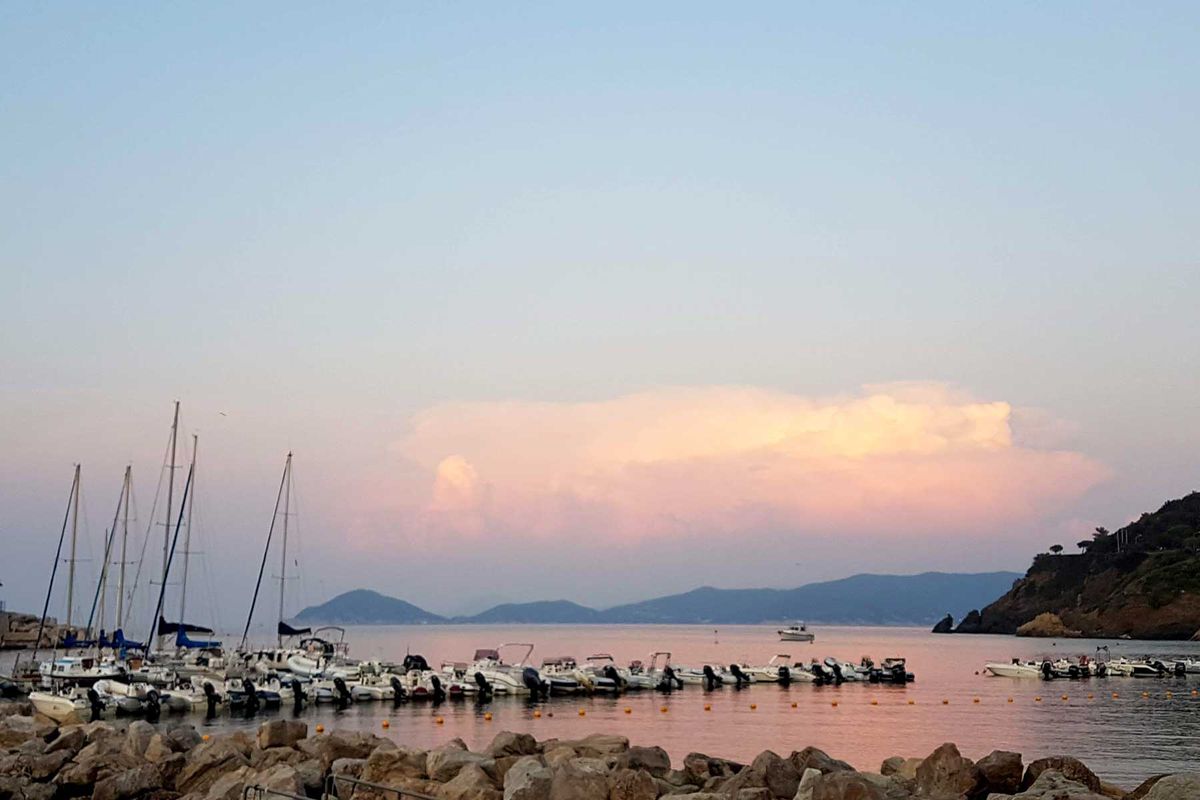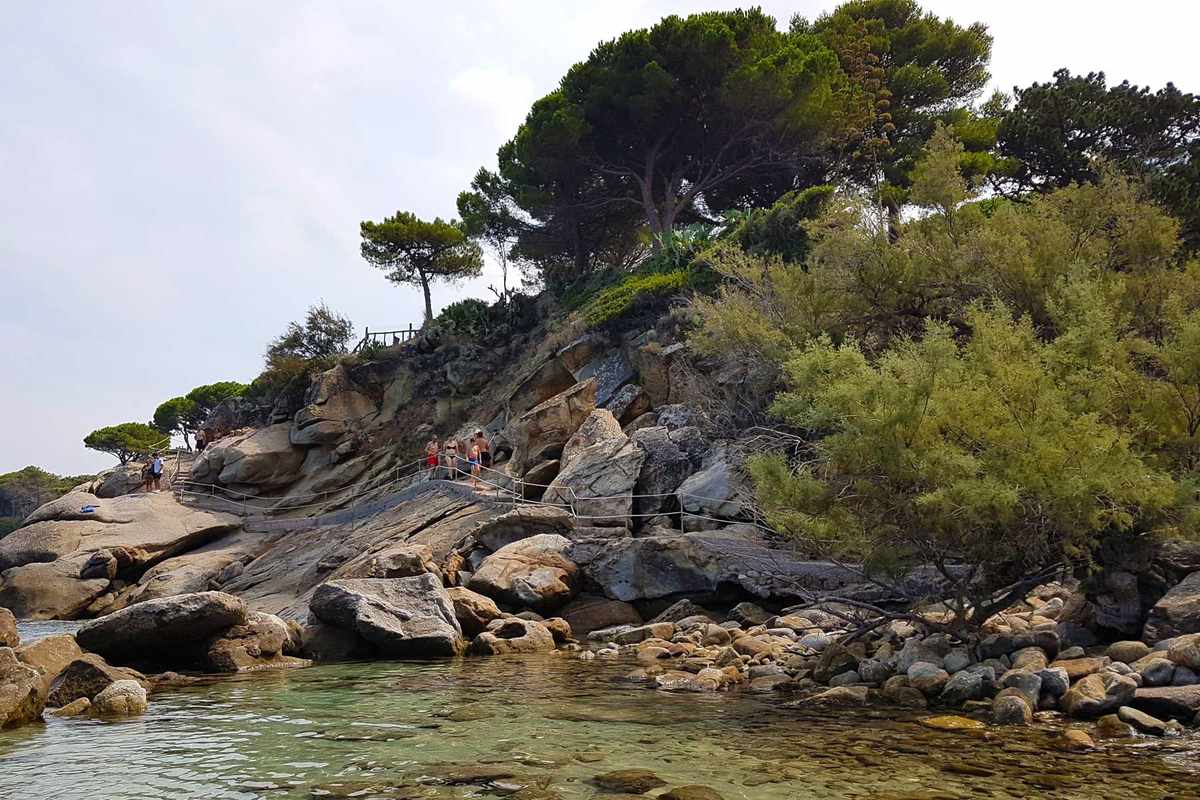
Italy's Elba island might conjure images of Napoleon in miserable exile — he hated the place so much that he pulled off a daring nighttime escape. Today, however, travelers to the Mediterranean island, located just off the coast of Tuscany, are less eager to return to the mainland. Elba, a top summer destination for vacationing Italians, is wrapped in scores of sandy beaches, rocky coves, and idyllic seaside towns, and its clear sea is bursting with underwater scenery and life. Meanwhile, its interior is rugged and rustic — a magnet for hikers and mountain bikers.
If you're lucky enough to spend a few days on Elba, you should know two things: The island is bigger than it seems, and it's best explored by car. It's roughly 18 miles long and 11 miles wide, but without a straight road in sight. Traveling from one place to another often means climbing over a rocky hillside or through a dense forest, then switchbacking down to the next pretty beach town. And while you could theoretically drive a scribbly loop of the island in three hours, to do so would be to miss the point.
If you want to get to know Elba, you need to devote several days and have some semblance of an itinerary. Here's our game plan for three perfect days on the island. Tip: Be sure to have a swimsuit with you at all times, so you can stop at tempting beaches along the way. And note that our schedule assumes you've arrived by ferry from Piombino, either early in the morning or the night before.
Day 1: Head to the Wild West
The western side of Elba is the most mountainous and rugged. Monte Capanne, at just over 3,300 feet, is the highest point on the island. Stop here to take the quirky, cage-like cable car that cuts first through woods and then up along the mountain's stark granite face. On a clear day, you can make out Corsica, Capraia, and Pianosa islands, as well as the mainland. If the lush woods and challenging hills inspire you to hire a mountain bike, Velonext in Marina di Campo can set you up. Otherwise, spend the day dipping into western Elba's splendid beaches, many of them blessedly undeveloped. The coastal drive from Marina di Campo to Marciana Marina — or vice versa — lasts about an hour, but we recommend taking it slow and making either of these destinations your stop for a late seaside lunch, followed by more beach time. Head back to your home base in time for an aperitivo and a leisurely dinner al fresco.
Day 2: Take to the Sea
Head out early to Portoferraio, which has the largest selection of boat rentals and charters. (There are also options in Marina di Campo and Marciana Marina.) Whether you hire a boat with a captain or opt for an easy-to-navigate Zodiac raft (called gommone in Italian), motoring along a piece of Elba's scenic coast will reveal one spectacular beach or hidden cove after another, many accessible only from the water. Drop anchor and jump in for a swim wherever it looks inviting. The water is clear, deep, and full of fish. In other words, it's great for snorkeling. Elba has more than 80 named beaches and countless coves and swimming holes, so you should be able to stop at several. Make sure to pack a picnic lunch (unless it's offered with your charter), and enjoy it before returning to Portoferraio. Spend the rest of the afternoon visiting the city's historic center, including the massive Forte Falcone fortress, the remains of a Roman villa, and one of Napoleon's two residences when he was in exile.
Day 3: Minerals and Mare
Start the day with a geology lesson at Parco Minerario (Mineral Park) near Rio Marina on the eastern side of the island. The open-air museum reveals the multitude of precious minerals found on Elba, and why the island was a prized possession dating back to at least Etruscan times. To continue the geological tour, head to the southern tip of the island, dominated by Monte Calamita (Magnet Mountain), and visit Miniere di Capoliveri, where exhibits spotlight the everyday lives of miners in this former iron mine. Otherwise, head back to the beach, some still tinged with a rust color from mineral deposits. Porto Azzurro and Lido di Capoliveri both offer developed beaches with bars, restaurants, and lounger and umbrella rentals, plus they make fine stops for lunch and a few hours at the mare (sea). As the day winds down, return to your hotel to change for dinner. Make sure your last evening on Elba includes a nighttime stroll along the seafront, with streetlamps and the moonlight reflecting in the gentle waves.
Choose Your Base
Elba is not quite big enough to justify the hassle of switching hotels to stay in various parts of the island. That's why we suggest hunkering down in one seaside town. Plan morning outings, exploring various parts of the island and having lunch out. Then, return to your base for a few hours of swimming, snorkeling, and beach time. Here are some of our recommendations.
Marciana Marina: This pleasant seaside community doesn't have a pretty beach right in town, but it's close to several decent options, plus it's a good midway point between the east and west sides of the island. Ristorante Salegrosso is a high point along the colorful, restaurant-lined waterfront promenade.
Porto Azzurro: This family-friendly beach resort town lies on the eastern side of the island, and is recommended for those who want to spend the majority of their time with toes in the sand, perhaps with a jaunt to Portoferraio thrown in. Hotel Cala di Mola offers a small private beach, a large pool, several bars and restaurants, and access to a nearby spa.
Marina di Campo: On the southern side of the island, Marina di Campo has a large stretch of beach and a lively dining scene. Its location works for exploring most of the island, and it's also a good place to rent a gommone or hire a charter to take you to secret beaches along the wild southern coast. Hotel Montecristo is right on the waterfront and close to several casual, beachy eateries.
Sant'Andrea: There are a few reasons to consider this western outpost as your base. One is Hotel Ilio, a delightful boutique property with equally delightful owners and a location right near the beach. The next is the beach itself — small, tropical, and with a tide pool and rock formations to explore. Then, there's the village-like ambience of Sant'Andrea, which will make you feel like you're on your own separate island.
Elizabeth Heath is a writer and editor living on a hill in Umbria, from where she writes about travel in Italy, the rest of Europe, and beyond. Read more of her work at elizabethfheath.com or follow her on Instagram.
Source: Read Full Article













